Unlocking Business Value: Designing and Optimizing Data Pipelines with AWS
In the digital age, data is more than just numbers and text; it’s the backbone of decision-making and innovation. However, to unlock its full potential, businesses need robust, efficient, and scalable data pipelines. Amazon Web Services (AWS) provides a suite of powerful tools designed to help organizations build and optimize data pipelines that not only meet today’s needs but also anticipate tomorrow’s challenges.
This article explores best practices for designing and optimizing data pipelines using AWS, focusing on how these pipelines can drive business value.
1. The Role of Data Pipelines in Business Value Creation
Data pipelines are the mechanisms that move, transform, and prepare data for analysis and actionable insights. They ensure that data flows seamlessly from its source to its destination, enabling businesses to:
- Make real-time decisions based on accurate data.
- Support advanced analytics and machine learning (ML) models.
- Drive operational efficiency by automating repetitive tasks.
Example:
A retail company uses a data pipeline to aggregate sales data from multiple stores in real-time, enabling dynamic pricing strategies and better inventory management.
2. Designing Scalable Data Pipelines with AWS
Building a scalable pipeline starts with understanding your data needs and leveraging the right AWS tools.
Key AWS Services for Data Pipeline Design:
- AWS Glue: Simplifies the process of data integration by providing serverless ETL (extract, transform, load) capabilities.
- Amazon Kinesis: Enables real-time data ingestion and streaming for applications requiring immediate processing.
- Amazon S3: Acts as a central data lake, storing both raw and processed data securely and at scale.
- AWS Lambda: Handles serverless compute tasks, allowing you to process data on-demand without managing infrastructure.
Best Practices for Pipeline Design:
- Start with Modular Architecture: Break the pipeline into components (ingestion, transformation, storage) to simplify scalability and troubleshooting.
- Leverage Serverless Options: Reduce operational overhead by using tools like AWS Lambda and Glue.
- Plan for Data Variety: Design pipelines that can handle structured, semi-structured, and unstructured data.
Example:
An IoT company uses Amazon Kinesis to ingest sensor data, processes it with AWS Lambda, and stores it in Amazon S3 for downstream analytics.
3. Optimizing Data Pipelines for Cost and Performance
Optimization ensures that your pipeline delivers value without breaking the budget. AWS offers tools and strategies to help you achieve this balance.
Cost Optimization Tips:
- Use Tiered Storage: Move infrequently accessed data to Amazon S3 Glacier to save on storage costs.
- Monitor Usage: Use AWS Cost Explorer to identify expensive operations and optimize them.
- Automate Scaling: Enable auto-scaling for services like Kinesis and Redshift to adjust capacity based on workload.
Performance Optimization Tips:
- Partition Data: Improve query performance by partitioning datasets based on access patterns.
- Optimize Transformations: Use AWS Glue’s built-in transformations for efficiency.
- Reduce Latency: Deploy services in regions closer to your data sources and users.
Example:
A financial institution optimized its batch processing pipeline by using Amazon Redshift for analytics and partitioning historical data, reducing query times by 40%.
4. Enabling Advanced Analytics and AI/ML
Data pipelines play a crucial role in feeding clean, reliable data to advanced analytics platforms and ML models.
Integrating AI/ML with Pipelines:
- Use AWS SageMaker to train and deploy models directly from your pipeline.
- Leverage AWS Glue DataBrew for data preparation, ensuring your ML models are trained on high-quality datasets.
- Employ Amazon QuickSight for creating real-time dashboards that visualize pipeline output and model performance.
Example:
A healthcare provider uses SageMaker to develop predictive models for patient care, with data pipelines feeding real-time clinical data into the models.
5. Ensuring Security and Compliance
Data pipelines often handle sensitive information, making security and compliance non-negotiable.
AWS Tools for Security:
- AWS Lake Formation: Manages data lake access controls and ensures proper data governance.
- AWS IAM: Implements fine-grained permissions to control access to pipeline components.
- AWS KMS: Encrypts data at rest and in transit to protect sensitive information.
Best Practices:
- Encrypt Everything: Use AWS-managed encryption keys for S3, Redshift, and other services.
- Audit Pipelines: Regularly review access logs with AWS CloudTrail.
- Stay Compliant: Leverage AWS Compliance Reports for industry standards like GDPR and HIPAA.
Example:
An e-commerce company ensures PCI DSS compliance by encrypting payment data throughout its pipeline and limiting access using IAM roles.
6. Measuring Success and Iterating
Once your pipeline is operational, continuous monitoring and iteration are essential to maximize its business impact.
Key Metrics to Monitor:
- Data Latency: Time taken to move data from source to destination.
- Error Rates: Frequency of failed processes or transformations.
- Cost Efficiency: Pipeline costs relative to the value of insights delivered.
Tools for Monitoring:
- Amazon CloudWatch: Tracks pipeline performance and alerts you to anomalies.
- AWS Data Pipeline: Provides detailed logging and monitoring for ETL jobs.
- Datadog: Offers third-party integration for end-to-end visibility.
Example:
A logistics company reduced latency by 30% after identifying bottlenecks in its transformation stage using Amazon CloudWatch metrics.
Conclusion: Unlocking Business Value with AWS
Designing and optimizing data pipelines with AWS isn’t just about technical excellence; it’s about delivering tangible business outcomes. By leveraging AWS’s suite of tools, adhering to best practices, and continuously iterating, organizations can unlock insights, drive efficiency, and stay ahead in a competitive landscape.
How are you leveraging AWS for your data pipelines? Share your strategies and success stories in the comments below!




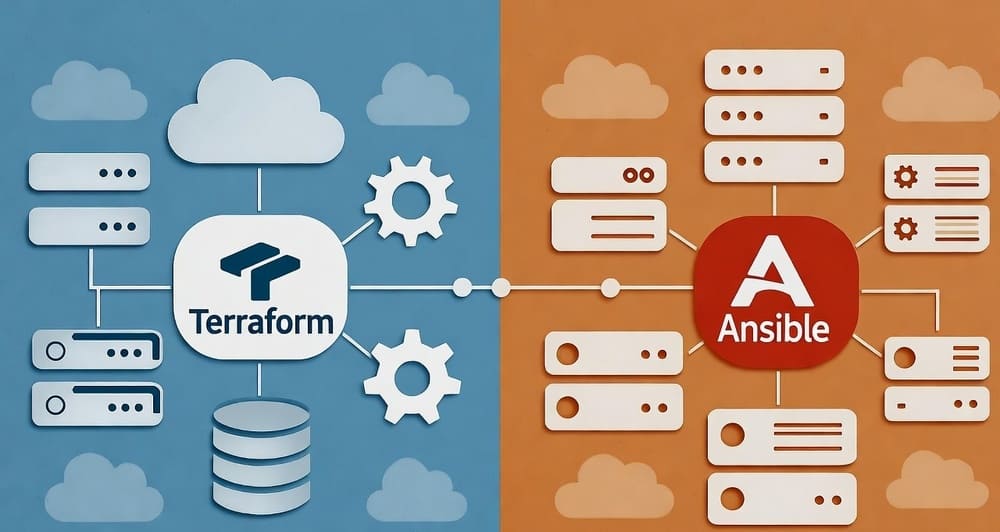
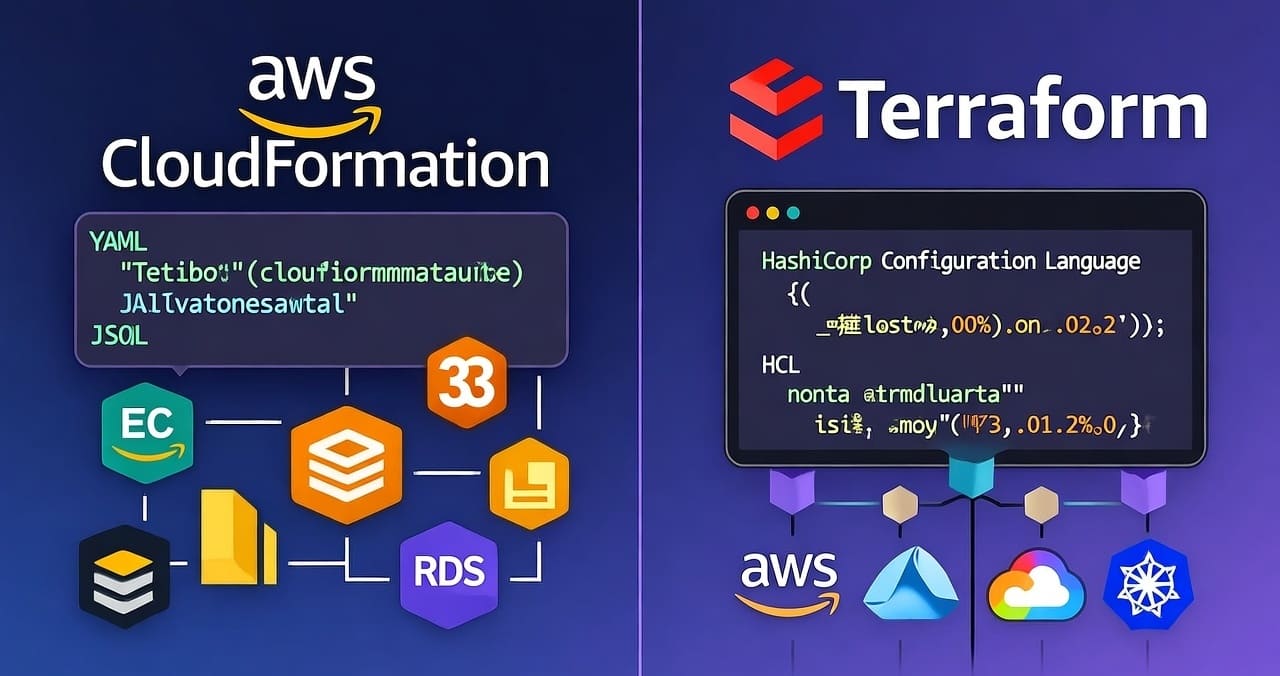
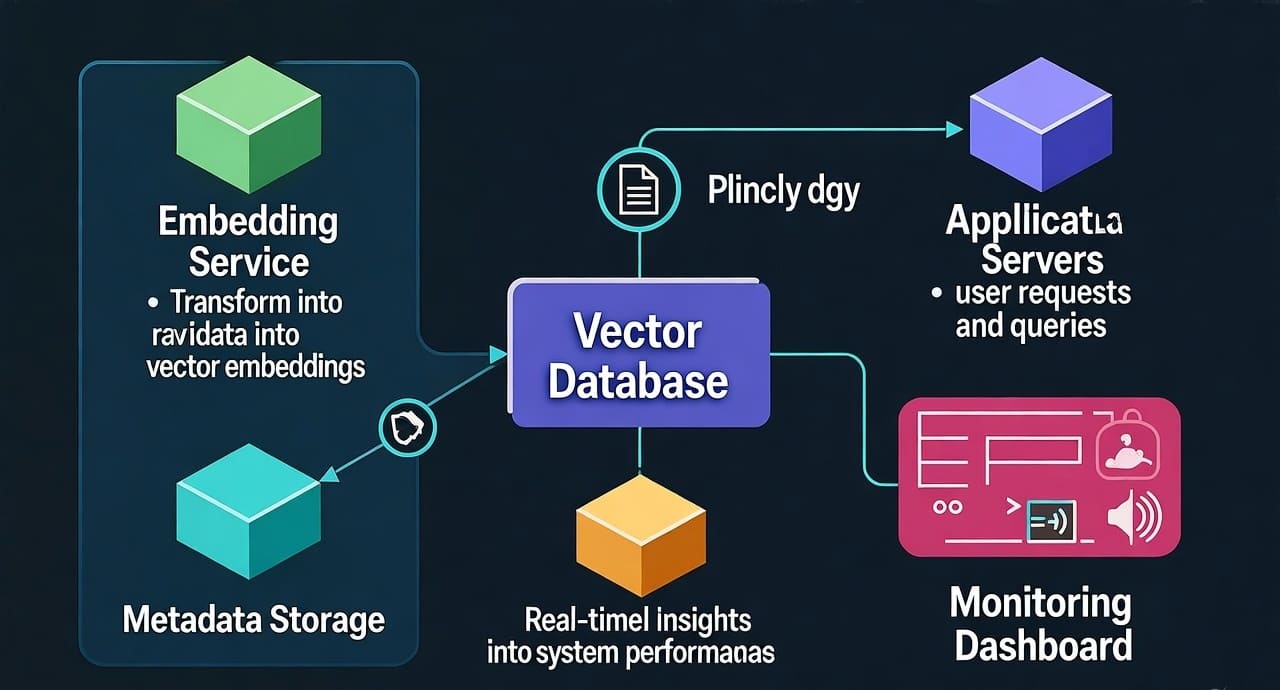


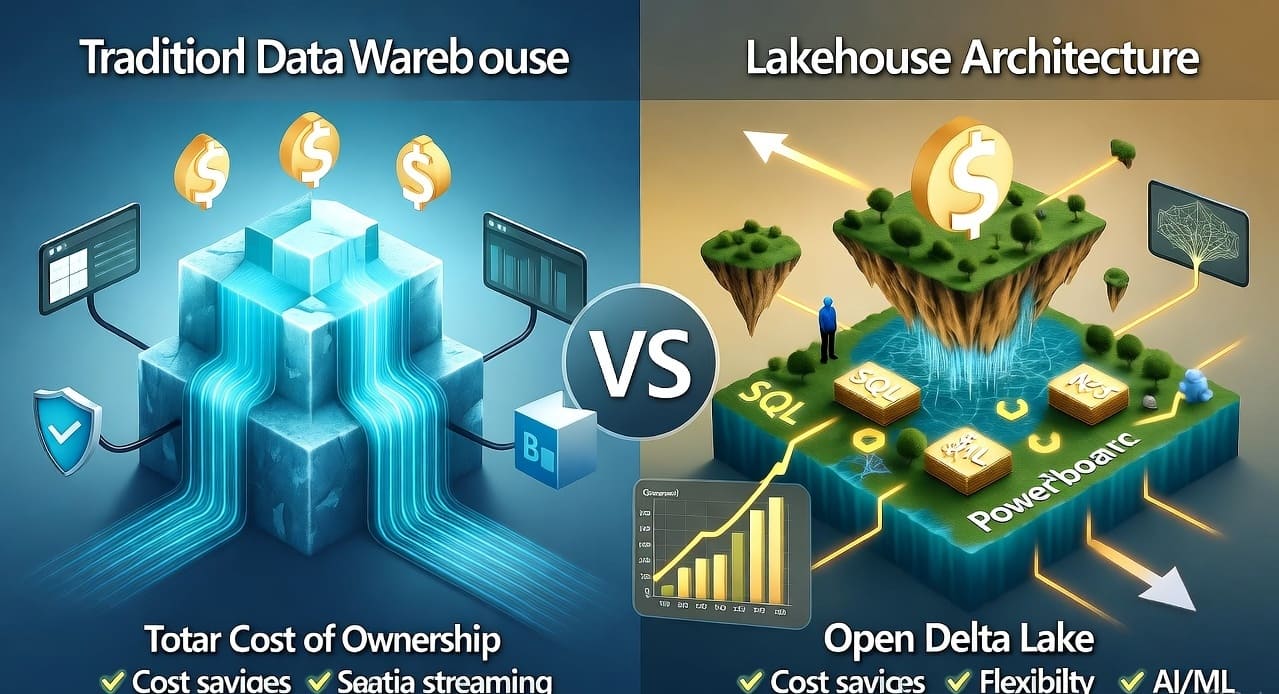


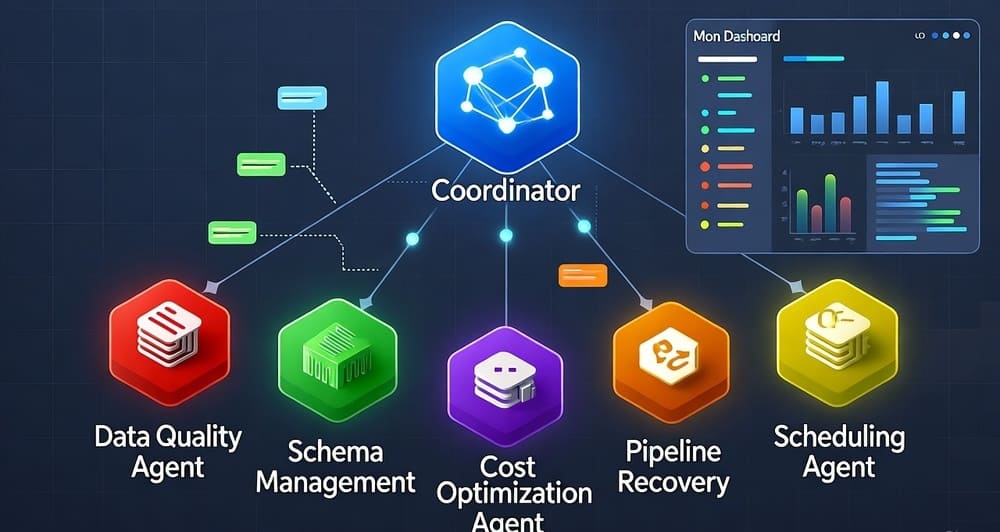

Leave a Reply